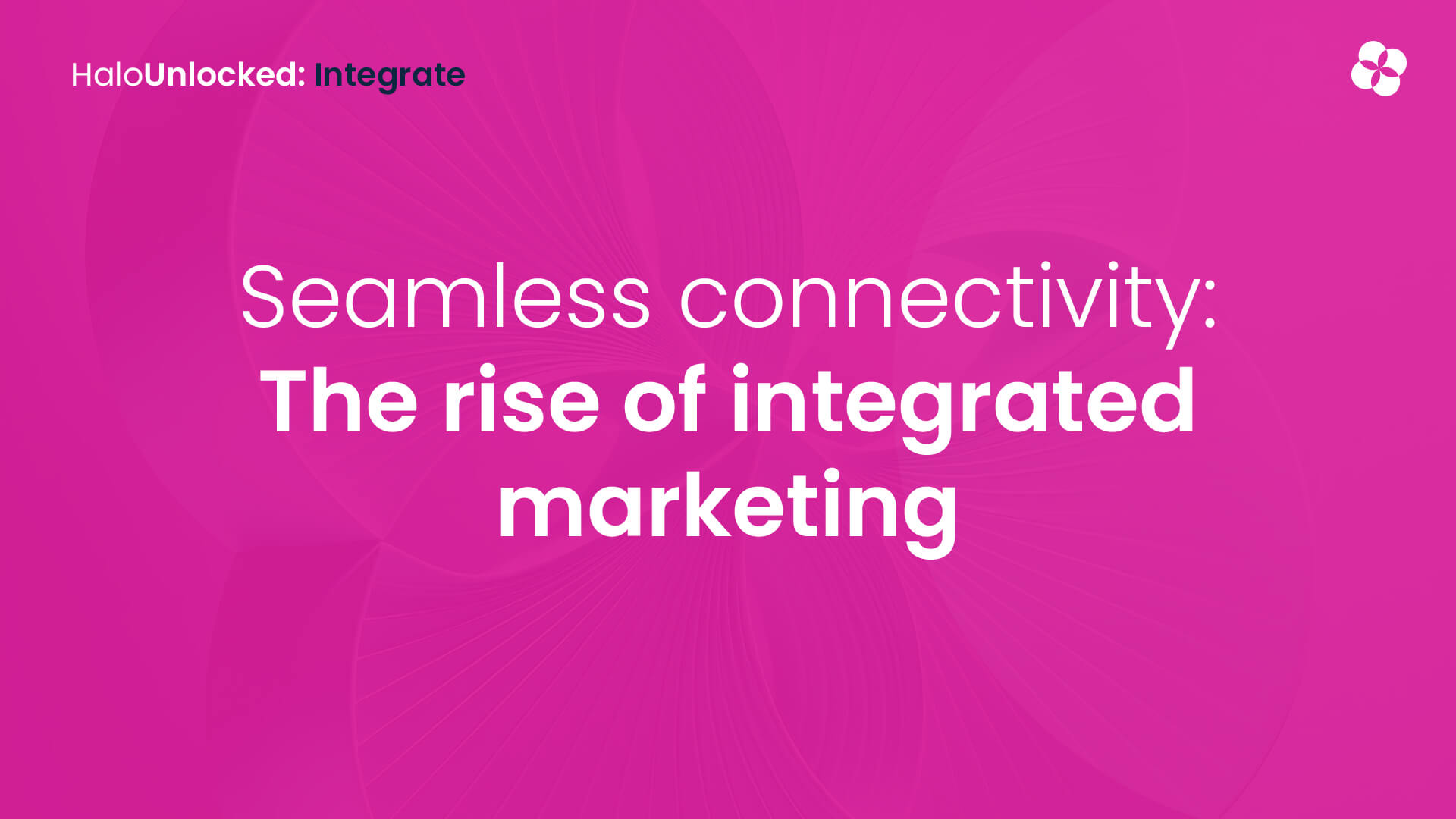In this article, we explore how unifying disconnected platforms and integrating marketing technologies can revolutionize workflows, drive efficiency, and create a seamless content ecosystem that enables personalized, high-performing campaigns at scale.
The modern marketing landscape is more complex than ever. Brands are investing in a growing number of marketing technologies, each promising to optimize content production, streamline workflows, and enhance customer engagement. Yet, in reality, many businesses struggle with disconnected platforms, siloed data, and inefficient processes that slow down campaigns rather than accelerating them.
Research shows that 80% of businesses report improved campaign outcomes after unifying their MarTech stack. But it’s easier said than done. Without a clear strategy for integration, marketers often find themselves with a fragmented ecosystem that lacks the connectivity needed to deliver at speed and scale.
We’ve spoken to brands who’ve invested over $10 million into a multitude of different marketing technologies, all of which have useful and exciting functionality, but were never designed to work together. The result? You have some teams working on one platform, others on another, and it becomes almost impossible to sync up your marketing efforts—particularly when the problem is exacerbated on a global scale.
Our Chief Strategy Officer, John Kirk, explains it perfectly in this interview with Little Black Book. As John notes, “Rather than having one human log into seven systems to do seven different jobs – and that’s amplified by having 1,000 humans logging into 70 different systems—picture all of the humans logging into one platform.”
John makes the case that a strong Content Marketing Platform, like our proprietary, Gartner-leading Storyteq technology, can provide the backbone for your marketing operations—a single platform for your teams to work from, seamlessly integrating external technologies, AI, data streams and more, to enable efficient content creation, personalization, and execution.
We can work with our own technology, but we also have extensive experience and expertise working with external platforms. We help brands unify their tech, enabling seamless connectivity, automation, and optimization at every stage of the content journey.
The role of integration in modern marketing
The rise of digital channels, AI-driven personalization, and content at scale has created a demand for smarter, more agile marketing operations. However, brands often face three key challenges:
- Too many disconnected tools — With an increasing number of MarTech platforms (14,000+ according to CMS Wire), brands struggle to make them work together efficiently.
- Data silos — Essential data remains locked within separate systems, preventing brands from delivering the kind of personalized, insight-driven campaigns that generate meaningful engagement and ROI.
- Complex workflows — Without seamless integration, teams spend more time managing tools than executing effective marketing strategies.
Integration is no longer a luxury—it’s a necessity. Without a unified system, brands risk inefficiencies, missed opportunities, and rising costs. By connecting platforms and streamlining data flows, marketers can eliminate redundancies and create a content ecosystem that enhances collaboration, speeds up production, and improves ROI.
“Simplicity should always be at the heart of good integration,” according to our Managing Director of Integration, Jose Espinosa. “When tech is integrated and simplified it allows marketeers to deliver the best next content to customers quickly and effectively—driving conversion and sales”
The Hero to Halo solution with integration at its core
At ITG, seamless integration is a key pillar of our Hero to Halo solution. We connect marketing technologies into a single, efficient ecosystem, bringing together everything from content management and automation to analytics and creative production. And when we do that, it enables our clients to craft Halo content that truly resonates with their customers.
Take a look at the work we’ve done with Jaguar Land Rover (JLR)—seamlessly integrating a cinematic 3D visualization experience into its existing Martech and Sales systems.
By integrating your MarTech stack with our Halo strategy, you can:
- Optimize content production with automated workflows and AI-powered insights.
- Unify disparate platforms to ensure seamless collaboration across teams.
- Personalize campaigns at scale using integrated data sources.
- Reduce inefficiencies by connecting creative, production, and analytics tools in one cohesive system.
Real-world impact: How integration drives performance
Our integrated approach is already delivering tangible results for some of the world’s biggest brands.
Haleon is a great example—a global healthcare and pharmaceutical company operating across numerous markets, with a need to ensure consistency and a culture of collaboration. With our Storyteq Content Marketing Platform, they’ve joined their teams around the world on a single system of record, ensuring:
- Faster content production, reducing turnaround times for campaigns.
- Consistent branding across all channels with streamlined approvals and asset management.
- Increased efficiency, cutting down manual work and improving cross-team collaboration.
The future of integrated marketing
As marketing continues to evolve, seamless integration will be the key to success. Brands that unify their MarTech, AI, and data will gain a competitive edge by working smarter, moving faster, and delivering hyper-personalized content with ease. ITG and Storyteq are leading this transformation, ensuring that brands don’t just keep up—they stay ahead.
Are you ready to unlock the power of integration and build a truly connected marketing ecosystem?
Let’s talk about how ITG’s Hero to Halo solution can streamline your content operations and turn integration into your competitive advantage. Contact us today to get started at hello@inspiredthinking.group or fill in the form below.

